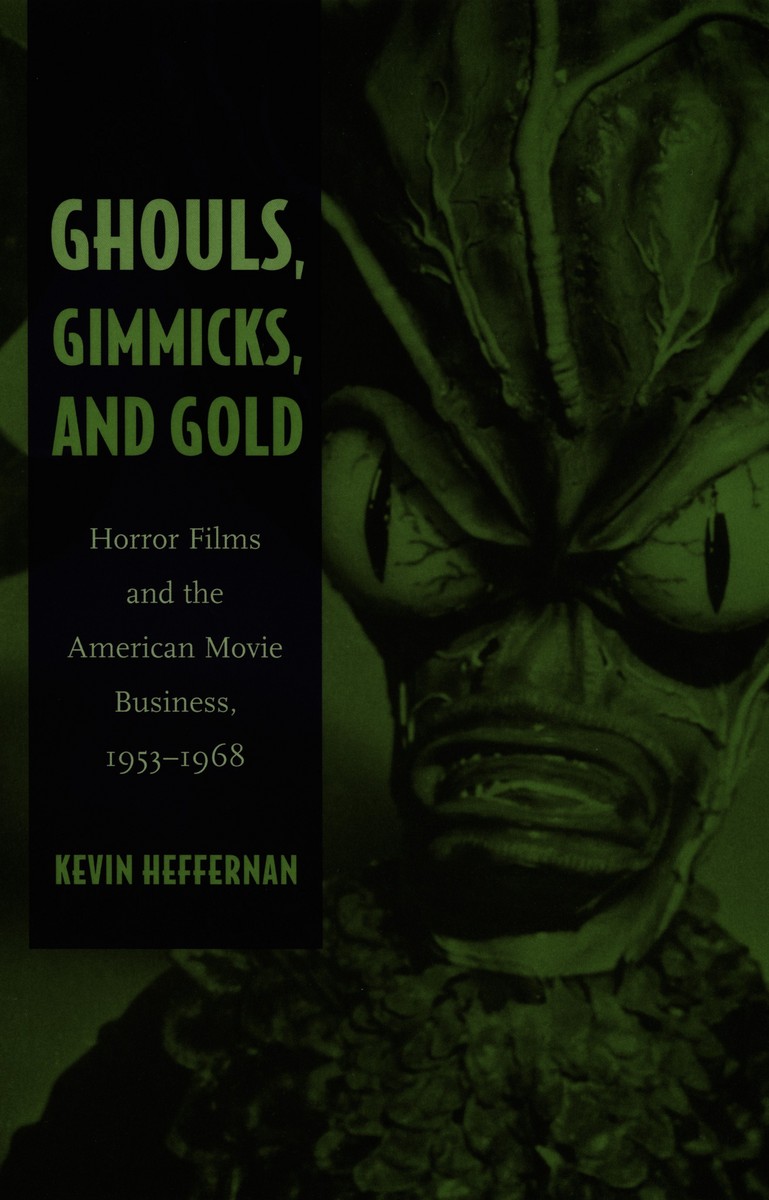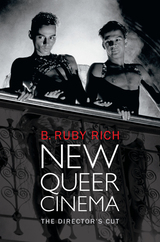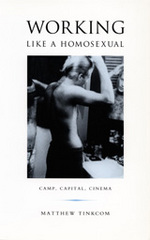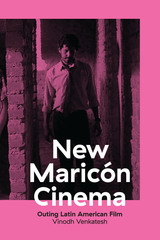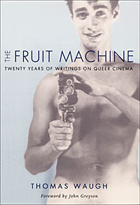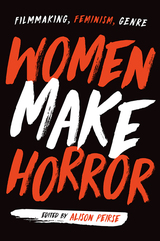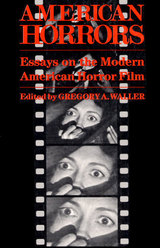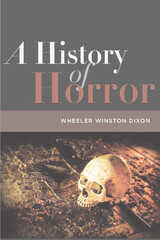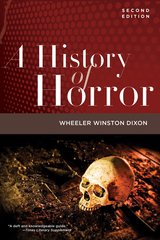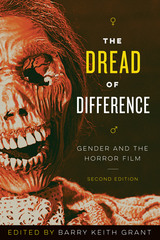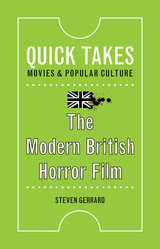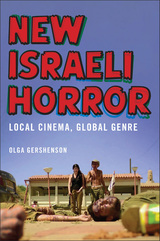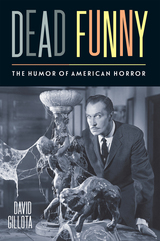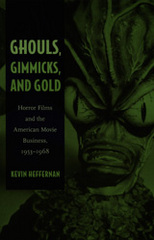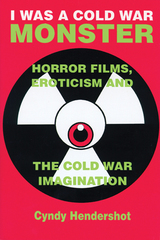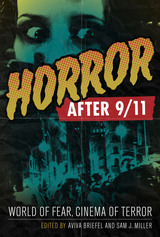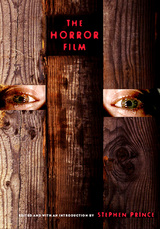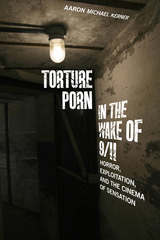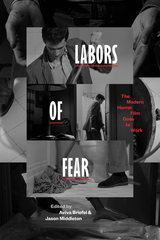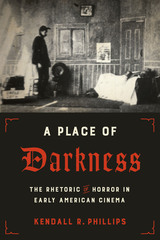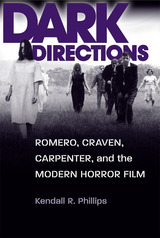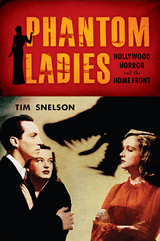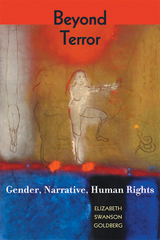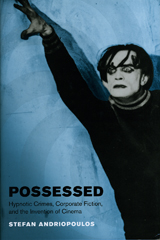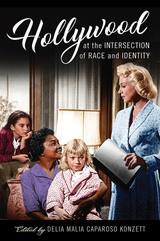eISBN: 978-0-8223-8555-4 | Cloth: 978-0-8223-3202-2 | Paper: 978-0-8223-3215-2
Library of Congress Classification PN1995.9.H6H45 2004
Dewey Decimal Classification 791.436164
Heffernan argues that major cultural and economic shifts in the production and reception of horror films began at the time of the 3-d film cycle of 1953–54 and ended with the 1968 adoption of the Motion Picture Association of America’s ratings system and the subsequent development of the adult horror movie—epitomized by Rosemary’s Baby. He describes how this period presented a number of daunting challenges for movie exhibitors: the high costs of technological upgrade, competition with television, declining movie attendance, and a diminishing number of annual releases from the major movie studios. He explains that the production and distribution branches of the movie industry responded to these trends by cultivating a youth audience, co-producing features with the film industries of Europe and Asia, selling films to television, and intensifying representations of sex and violence. Shining through Ghouls, Gimmicks, and Gold is the delight of the true horror movie buff, the fan thrilled to find The Brain that Wouldn’t Die on television at 3 am.
See other books on: Business Aspects | Film | Gold | History & Criticism | Horror films
See other titles from Duke University Press
